My mother was a labour and delivery nurse, so pregnancy always seemed like a sure thing that would happen normally. When I got pregnant, the first trimester went along normally, so I assumed I was in the clear. Until, at 18 weeks pregnant, I started experiencing painful cramps, which I assumed were related to my stomach. It was September 30, 2008.

Photo submitted by Jennifer Fitzgerald
The next morning, I woke up and the cramps (which I later learned were contractions) were worse. But I had a meeting that morning, so I tried to ignore them and got dressed for work. Just as I was about to leave I felt a pop of fluid, which promptly soaked my jeans with blood. My friend, who was driving me to our meeting, drove me to the hospital instead. I waited outside the emergency door, pushing the button for help. A nurse came out and scolded me for doing this—until she looked down and saw my jeans, now saturated. I was suddenly rushed in a room. My husband, who was at least an hour away, was driving north from Toronto, to the smaller suburban town where we lived.
Many aspects of the next part are fuzzy. I remember my underwear being cut off, I remember the pain. But the most vivid memory is of when I was lying on my back, and without warning, the doctor pushed down hard on my stomach. In an instant, everything came out of me. I knew it was over then. He informed me—coldly, very matter-of-fact—that I wasn’t pregnant anymore. I was in such shock—I wasn’t sure what to say or do. He asked if I wanted to see “it”. And there, in a careless move, he spun around in his chair and shoved a kidney dish (which is used for, you know, human excrement) in front of my face. The pan was draped in an ugly brown paper towel, which he briskly pulled back.
That was my little baby. My little girl.
I wasn't sure what to do, so I handed the baby back him because they wanted to send her for pathology testing. My husband was still stuck in transit. I was brought in to do a D&C (dilation and curettage, which is a surgical procedure performed after a first-trimester miscarriage). After the procedure, an obstetrician told me I would now be classified as “high risk” and wouldn’t be able to use a midwife. That was not what I wanted to hear at that time! I was still in shock! I also learned that I likely had a weak cervix—the medical term which is called cervical incompetence—which can mean that you can go into premature labour if you have too much pressure on your cervix, and the next time I got pregnant, I would require a stitch in my cervix (called a cerclage) to hold the baby inside.
I was told to wait three months until I tried again—and after a couple of cycles of trying, we got pregnant. The stitch was scheduled for the 15-week mark, but at 13 weeks, I started to experience spotting. I called my doctor who suggested we come in. At the hospital I had an ultrasound and things still looked ok, but, I was told that based on the amount of blood I had already lost, there was a 50% chance I was having a miscarriage. They sent me home to rest. The next morning when I woke up I started having painful cramps and heavy bleeding. This time I didn't want to go to the hospital because I figured everything would just kind of pass on its own—and it did. But it was so painful, and I was bleeding profusely. I remember the moment when that tissue passed into the toilet; I thought I was going to faint at one point. Even my husband was freaked out, so he called my best friend, who rushed to my house and cared for me during that awful, awful experience. I felt so defeated, so broken. How could this be happening again? It felt surreal and familiar all at once.
Again, we waited about 3 months, and again, I got pregnant after a few months. This time it only lasted 6 weeks. By the time I was able to get in to see my OB it was over. We all decided this one was different, it couldn’t be my ‘weak cervix’ this time. I assumed it was bad luck, and I wasn’t really ready to accept that there were other issues.
After that, I got a new doctor, which really changed things. The next time I got pregnant, I was monitored closely, with weekly ultrasounds until I was about 28 weeks pregnant. At 15 weeks, I had to have the stitch put in—I was terrified. I had an epidural, but I could still feel everything! One of the risks of the procedure is that it can trigger a miscarriage, and it was all I could think about. The anesthesiologist could see me panicking and got right up close into my face; he started talking to me—I will never forget that.
Now, my beautiful baby boy is in grade three French immersion. From the day of my first miscarriage until I held my son in my arms were the darkest days of my life.
About two years after his birth, in 2012, we started trying to get pregnant again. When I was eight weeks pregnant, I was visiting family in Halifax and things took a disastrous turn. I was in extreme pain on my lower left side, and was rushed to the hospital by ambulance. My hormone level in my blood was low, so I knew I had miscarried. They gave me so much pain medication. It was late at night and there was no experienced radiologist on site. The resident could not see a baby on ultrasound, but saw some fluid around my ovary and suggested I had a ruptured cyst. I knew enough to know this wasn’t right, but was sent home with pain medication with instructions to return if I got worse.
A day after we drove home, I showed up at my fertility practice ready to see patients and help them get pregnant. My team knew better; they dragged me into the ultrasound and determined I had internal bleeding, likely from an ectopic pregnancy (in which the embryo implants outside the uterus), cleared my calendar and sent me home. Luckily, I did not require surgery, and did not lose my fallopian tube as a result of the ectopic pregnancy. I stayed off work for several days—I had no idea the bleeding blood accumulation inside your pelvis could hurt so much; it was just so inflamed inside. So I came out of that one relatively unscathed, besides the emotional trauma. Ectopic pregnancies are total flukes that can happen to anyone, but why me? It felt unfair, and I was quickly losing faith in my body.
After that, I would get pregnant and then have it turn into a chemical pregnancy (these are very early miscarriages; think of it as that period of time in between missing your period but not being far along enough yet for an ultrasound). Over and over. I had three chemical pregnancies in a row. I started to admit that I needed help, and worked with a doctor on staff. And all the while, I never shared any of my experience with my patients.
When I became a full patient of the clinic, they determined I had an autoimmune disorder called Hashimoto's thyroiditis and an inherited blood clotting disorder – a prothrombin gene mutation. That—combined with the cervical incompetence—is what we assumed were the pregnancy barriers. But even with that information, I also started not getting pregnant. Around this time, I was so fixated on getting pregnant that I became a shell of myself. For example, if someone (even a stranger) asked me how I was doing, I would respond by telling them where exactly I was in cycle. It overtook my entire life; it was all I could think about.
A few months later, I became pregnant again, with the help of fertility treatments. This time, I was on the right protocols for my conditions—thyroid medication, abdominal injections of a blood thinner, constant monitoring, and by the 15-week mark, went into the OR to have to stitch put into my cervix. This time, the anesthesiologist asked me about the procedure, and if I had had it before. I told him about my anxiety before, and they suggested putting me to sleep. It was the Best Decision Ever. I woke up, everything was over, and I was in recovery.
With this pregnancy, I didn’t celebrate any of it; I was waiting for the shoe to drop the entire time. There is only one picture of me, I’m around 30 weeks pregnant and in front of Queen’s Park with my two girlfriends. My brother, who lives in BC, wanted a picture. So I sent him one, but demanded that he delete it immediately. It was almost like I didn't want to commit to that dream. If I got too attached, the fall would be harder if something happened. I did whatever I could to disconnect my body from my mind. When she finally arrived, I had never cried so hard in my life. I was so happy it was over, and she was here, and she was real and healthy and beautiful and mine. I was also so relieved it was over and I knew right then that I would never, could never, go through that again.
So my experience wasn’t the typical sunshine and rainbows kind of pregnancy. They call the babies born after a pregnancy loss “rainbow babies”—so our children are our double rainbows. They are my world and I wouldn’t change them a bit—but I wish it hadn't been so hard to become their mother.
The last ten years put so much pressure on my marriage. Once, during counselling, my husband was urged to speak the truth. He looked me in the eyes and said he just wanted his wife back. It was like a dagger to the heart. I felt so bad that I couldn’t handle myself, I couldn’t function. But it was the reality check that I needed to hear, and it resonated with me so much that I started to pick up the pieces.
Now my beautiful babies are 8 and 3, and my fertility issues are well behind me. A lot of people assume that once you have your kids, you don’t think about those experiences anymore. This year, on October 1st, it was the 10th anniversary of my first loss. I remember her every single day. I think about the others too. I think about what it must be like to not have a stressful pregnancy, to be able to just relax and enjoy it. I don’t feel the darkness that I once did anymore, but once in a while something will trigger me back there, and it feels like it was yesterday. Even though I was surrounded by loving family and friends during this experience, I felt very alone. I didn’t know anyone that had experienced anything even close. My friends were all getting pregnant with no problems, and everyone tiptoed around me and didn’t know what to say. They said I was brave, I was strong. I was none of those things; I simply wasn’t given a choice. This is why I share my story.
Jennifer Fitzgerald is the co-founder of Conceive Health Clinic in Toronto and a naturopathic doctor who specializes in fertility.
Help knix the stigma by sharing your story. Join the conversation on social media with the hashtag #FacesofFertility and show your support with a custom-designed semi-permanent tattoo.
]]>
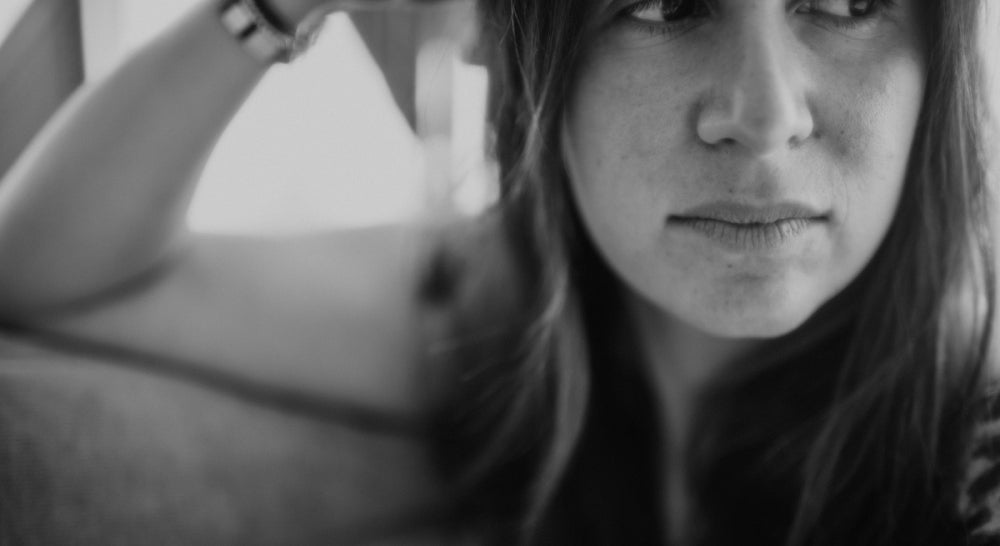
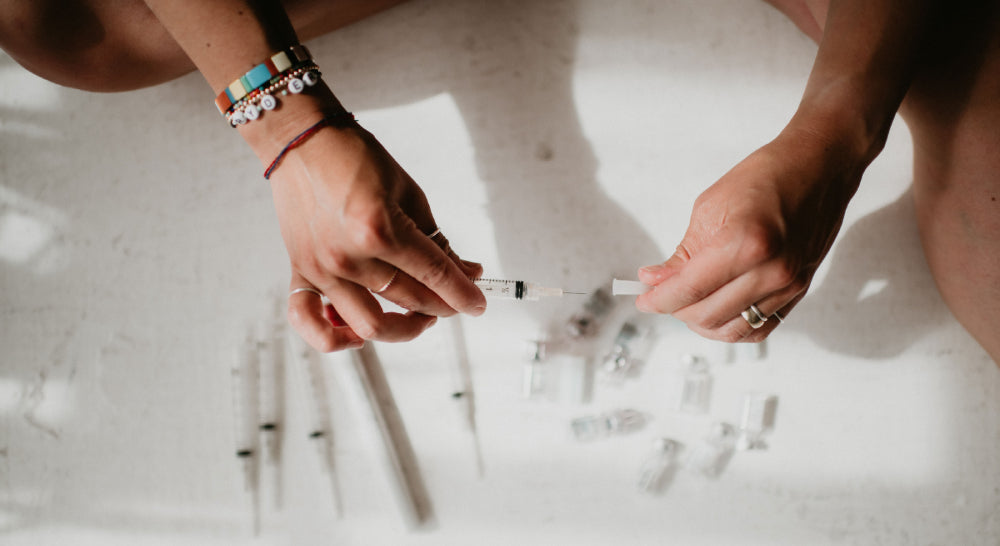

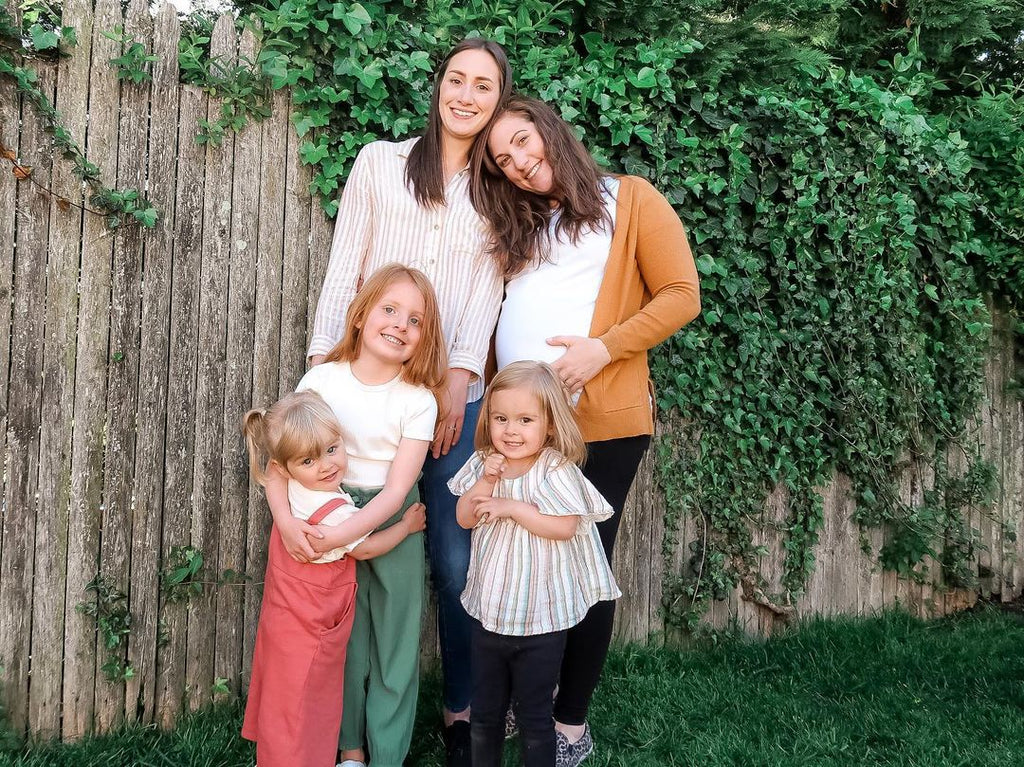




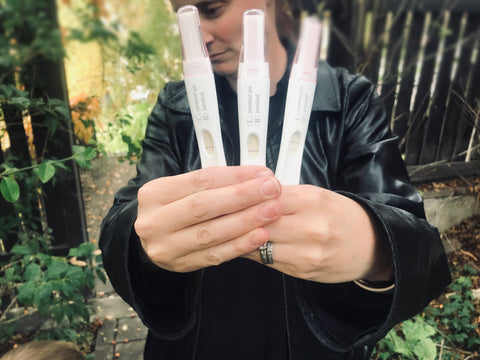





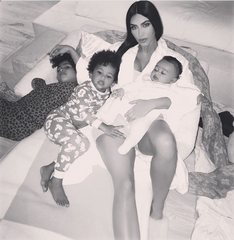


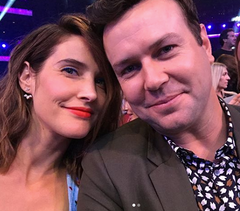
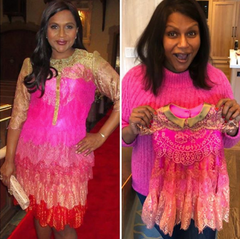

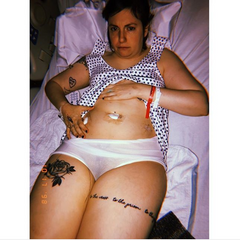
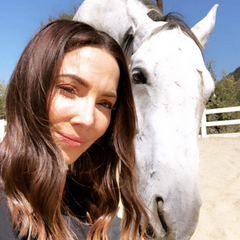


 Celebrities are helping shift the narrative, too. Everyone from Carrie Underwood to Chrissy Teigen to
Celebrities are helping shift the narrative, too. Everyone from Carrie Underwood to Chrissy Teigen to 
